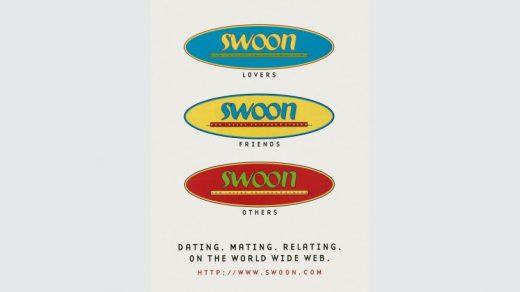See the weird, wonderful ads that made Americans love computers
In the years following the end of World War II, computers were just starting to make their way into the public consciousness. The intimidatingly technical devices had been relegated to the shadowy corners of government laboratories, but slowly began popping up in print advertisements as user-friendly tools—facilitators of a new age, in which technology and humanity would become entwined.
Now, the internet has replaced print magazines, so technology advertisements are embedded—ironically—in the very computers they promote. But beyond that, computers have become such a feature of life in the 21st century, they don’t even need to be advertised anymore (though they still are). No one has to be convinced to buy a laptop, even if our limited understanding of just how much these machines are capable of is probably the same now as it was in the 1950s.

[Photo: courtesy Hat & Beard Press]
Do You Compute? Selling Tech from the Atomic Age to the Y2K Bug 1950-1999, out now from Hat & Beard Press, explores the particular phenomenon of how computers were advertised over the second half of the 20th century. The 240-page archival text features essays and vibrant graphics, which illustrate how the computer evolved from a mysterious piece of machinery in the postwar era to a necessary fixture in the American home. They also underscore the relentless optimism with which companies have sold consumers on the power of personal computers throughout time.
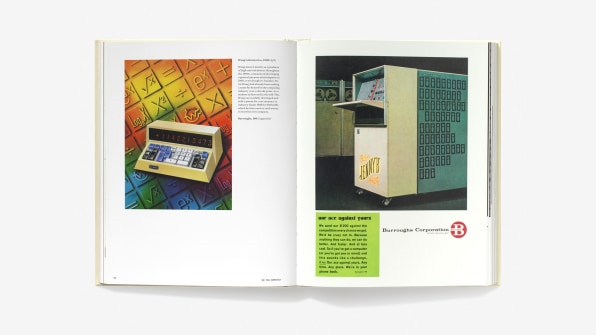
[Photo: courtesy Hat & Beard Press]
Ryan Mungia, author, co-editor, and designer of the book, started casually collecting computer ads back in 2014, and soon realized that there weren’t many coffee-table books about computers on the market. In 2017, he began compiling the book and shaping its story in earnest.
In the 1950s and 1960s, computers were almost exclusively praised for their technical prowess; they were a means to an end—a tool for accounting, aerospace exploration, a convoluted engineering project. Hulking mainframe computers were only really familiar to the specialists who used them, so to the rest of the general public, they were in the realm of science fiction. Computer advertisements published during this midcentury era demonstrate just how laser-focused tech companies were on one type of consumer. Says Mungia: “They were selling computers to business people primarily, so the ad styles tended to follow the conventions of the day. There wasn’t too much innovation happening in the ad industry because of who they were selling to.” These ads were straightforward, grayscale, blocky, and centered on the machinery. The typefaces used were clean and ordinary, and the visual motifs were usually influenced by science fiction TV and literature—images of outer space, vast and unknowable, along with scientific icons like the atomic symbol.
However, when the 1970s rolled around, public sentiment toward technology shifted; people were becoming more comfortable with computers, thanks—in part—to the invention of the microchip, which gave way to a flood of PCs and video games, more suited for the individual than a corporation. “The ads changed a lot too, for a couple reasons. The audience, but also a lot of the ads, started to be produced in-house . . . not with the big companies like IBM and Apple, but a lot of the young startups would start producing their own ad material,” Mungia says. “I enjoy the ’70s aesthetic because there’s a crudeness to it. There’s sort of a dip in quality in the ’70s ads, but that’s not to say they’re not beautiful in their own right.”
Over time, the way tech advertisements were designed was dictated by the consumer base; the ads didn’t have to work as hard to help people understand the technology, because they were already familiar with it. “A lot of the emphasis was on explaining why you needed this machine, and that kind of lessened over time,” Mungia says. “By the ’90s most people knew what a computer was, and it became less about the machinery and more about branding.” Apple’s 1998 “Think Different” ad, featuring only an image of boxer Muhammad Ali, reveals that the company was no longer concerned with illustrating a computer; instead, it was all about showing what the Mac computer stood for.
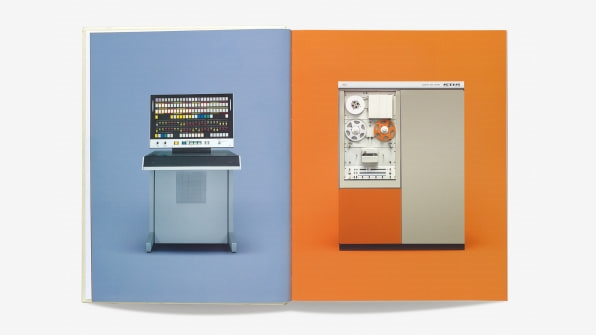
[Photo: courtesy Hat & Beard Press]
Even though our culture is more skeptical of technology today (private data being sold, the health impacts of staring at screens), tech ads remain curiously optimistic. There’s still the sense that companies are keen on convincing us that computers are “good” for us—they’ll make us smarter, more productive, more creative. But if the past teaches us anything, it’s that the computing industry has always been selling us a sunny vision of a future world that never really comes into existence.
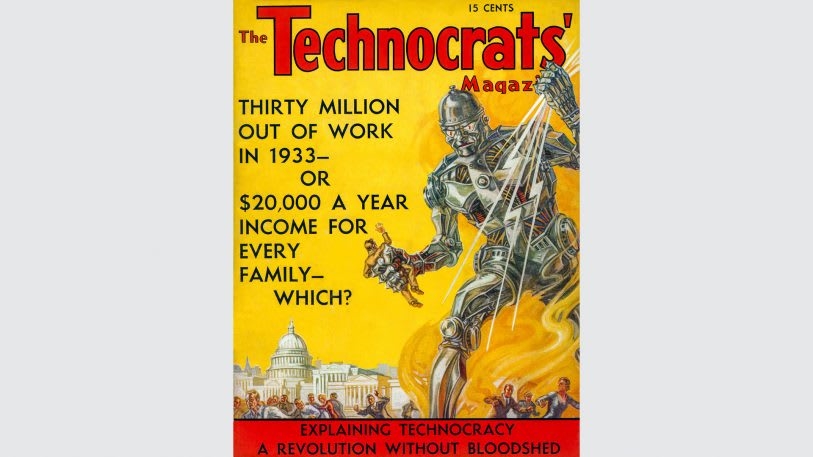
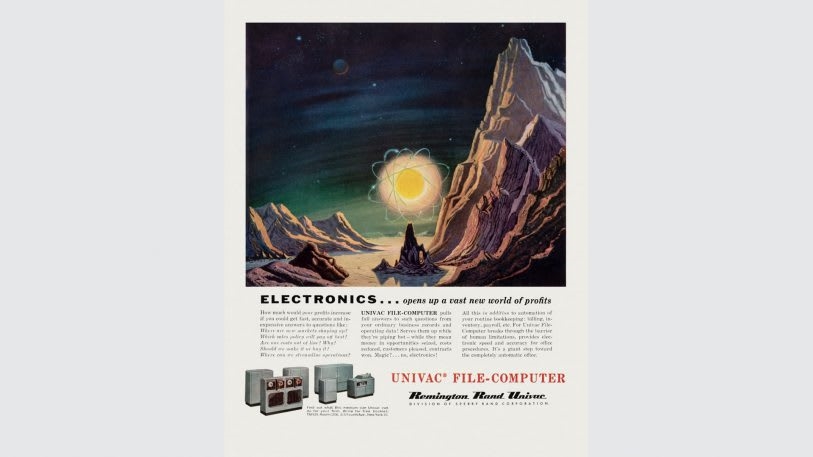
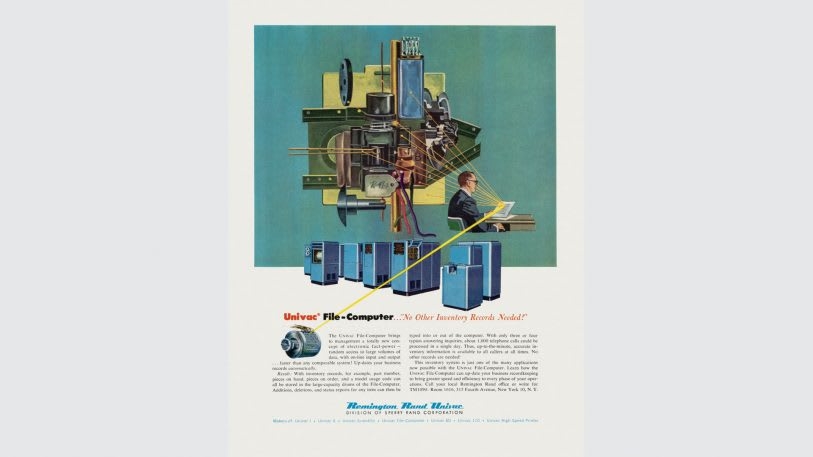
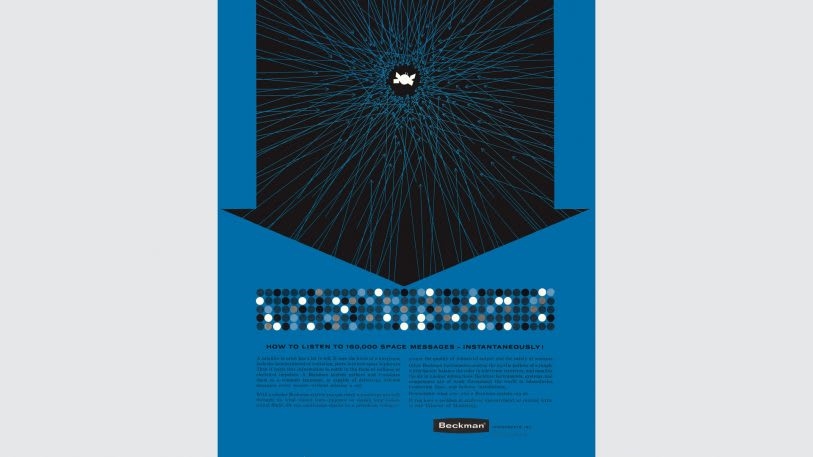
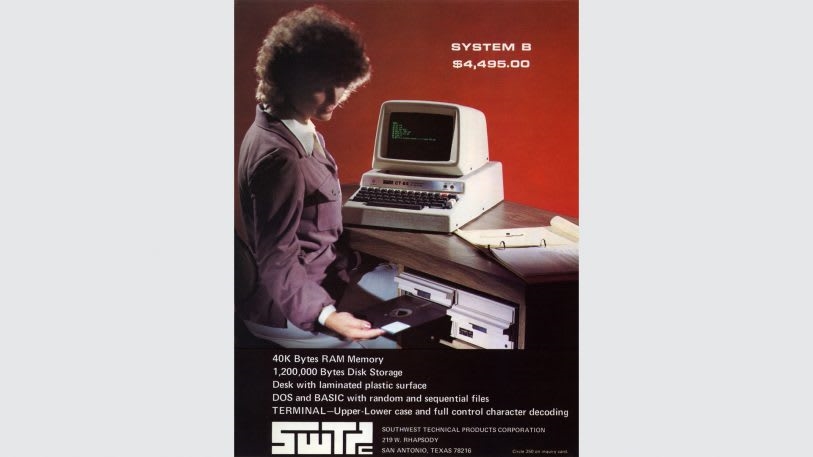
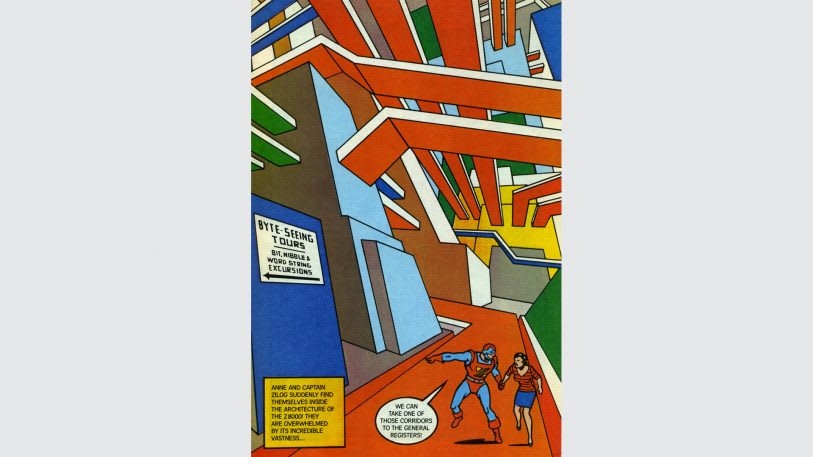
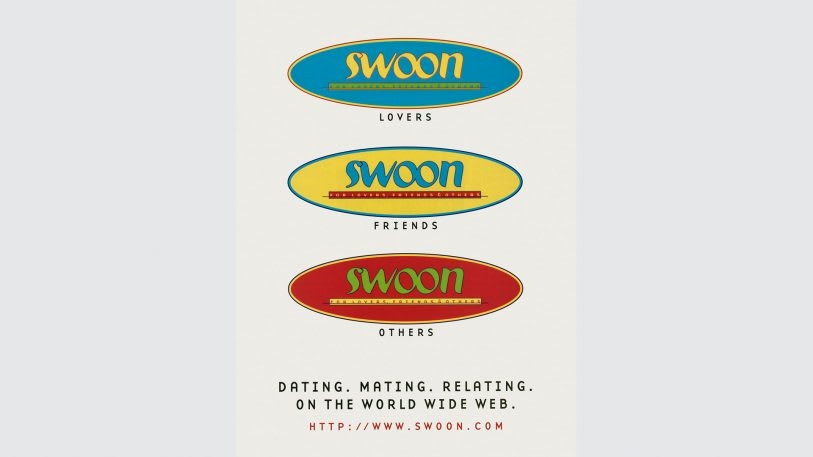
(35)

